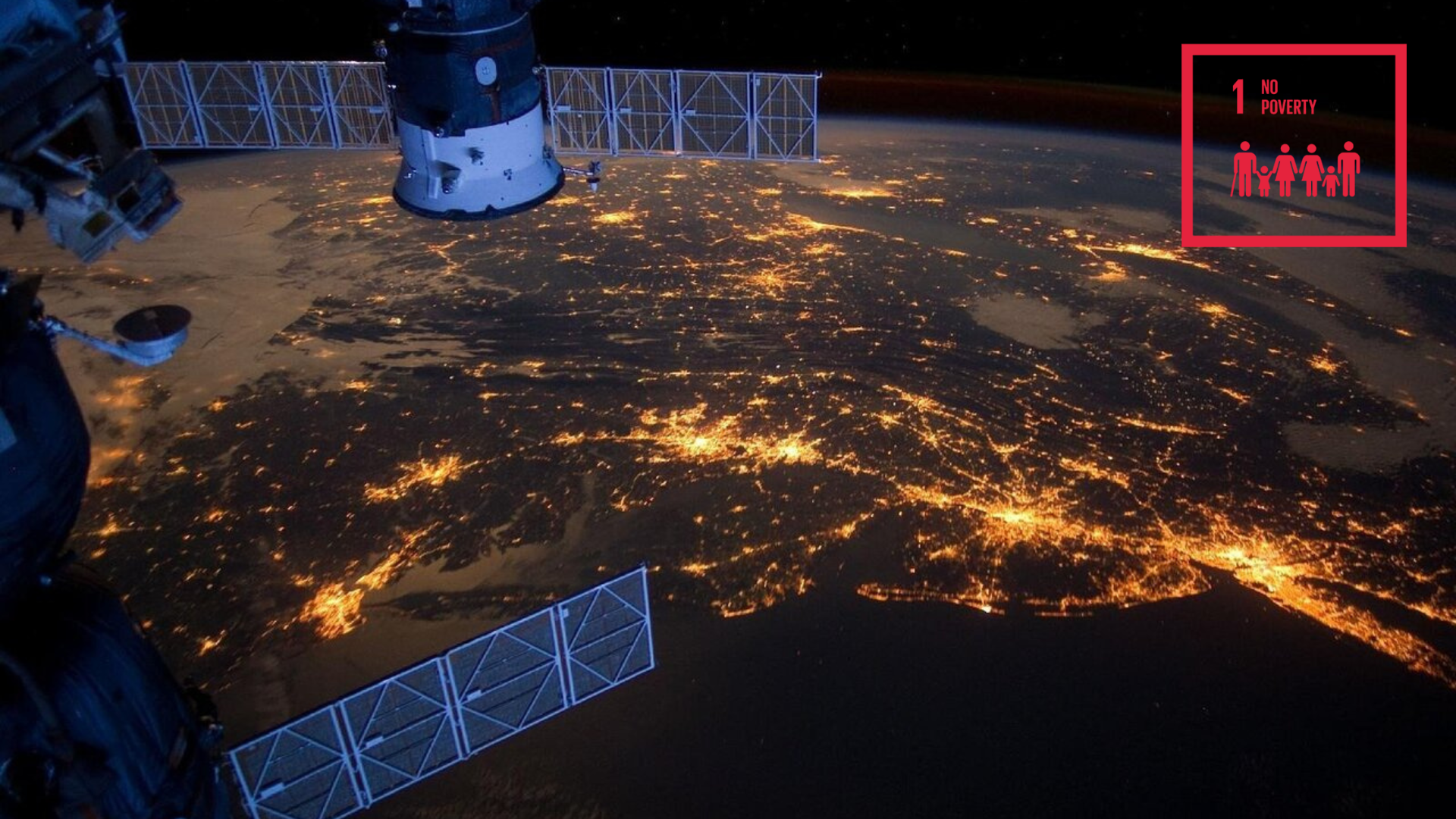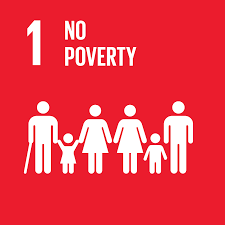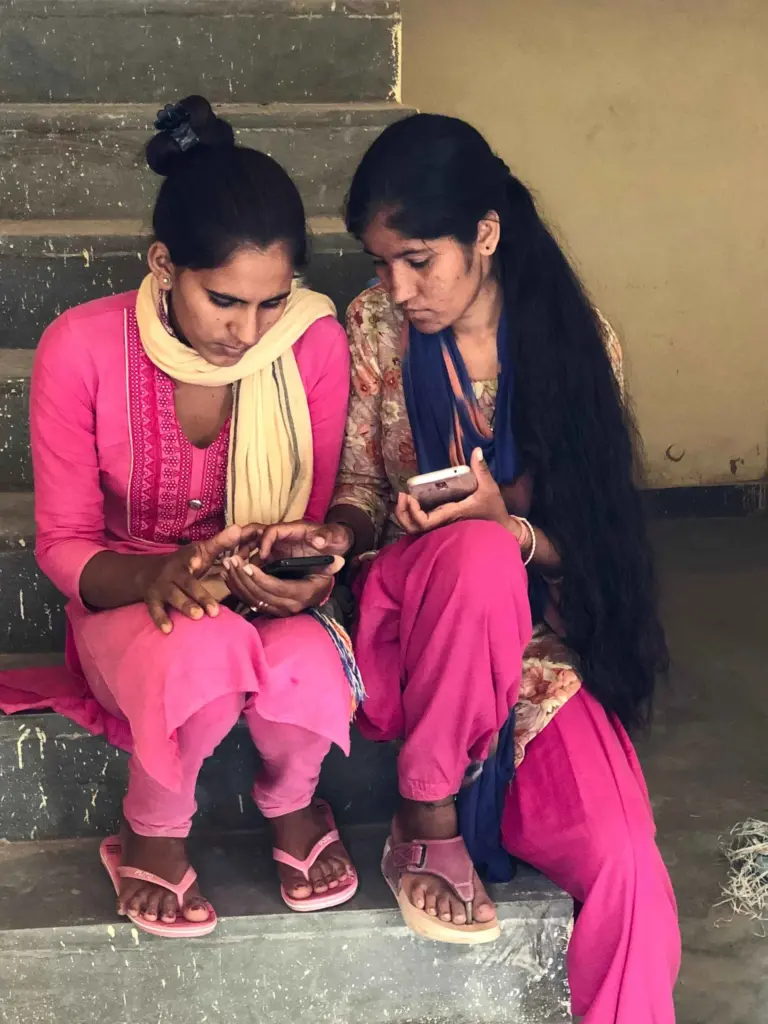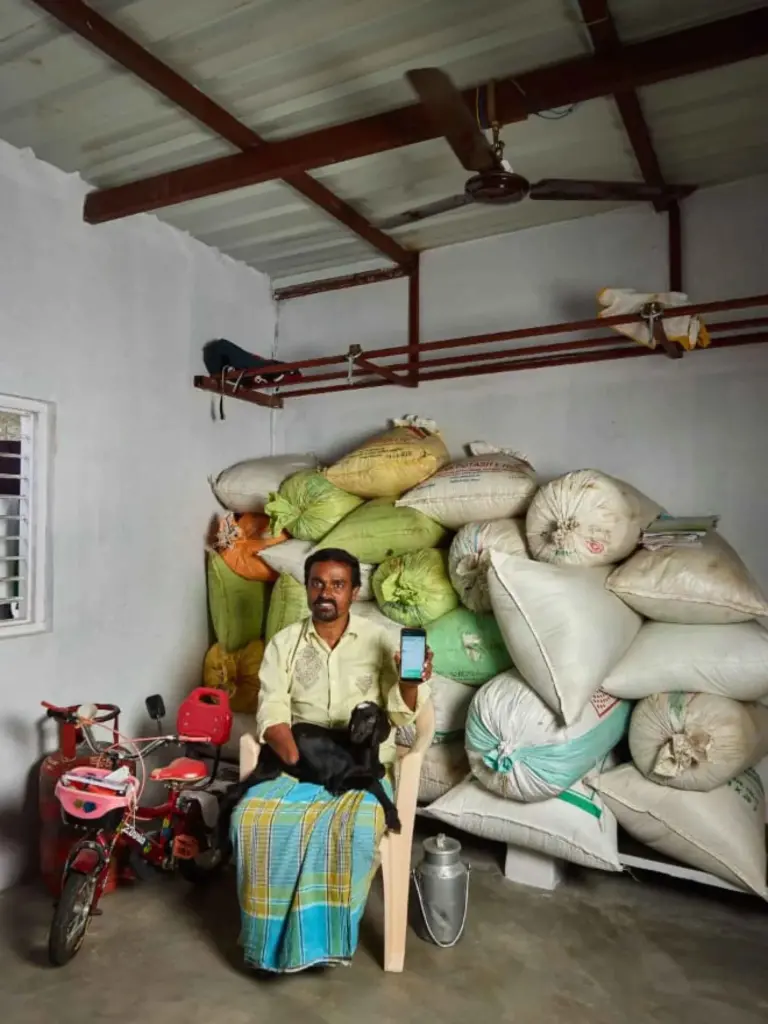
This series explores how artificial intelligence and machine learning are being applied to tackle each of the UN’s 17 Sustainable Development Goals (SDGs), starting with SDG 1, No Poverty – End poverty in all its forms everywhere.
We are all acquainted with the headlines about how AI threatens our jobs and is turning the world upside down. On the flip side, innovative ways that AI can help the global community achieve the SDGs and do good are also emerging.
This series aims to move away from the usual ‘big picture’ analysis of ‘AI for good’. We will be highlighting specific examples of AI being applied to work towards specific goals in the development world, making progress on each of the SDGs. We begin with real-world case studies showing AI’s use for achieving SDG 1, No Poverty – End poverty in all its forms everywhere.
We are aware that AI can deepen inequalities by creating a digital barrier for low-income communities. There is a real danger that the benefits of AI will predominately be felt in the Global North, leaving the poorest parts of the world behind.
Therefore, we’ve highlighted three innovative projects that seek to alleviate poverty and address key social and economic issues:

The social and economic situation in sub-Saharan Africa, as elsewhere in the world, can change a lot in a short period of time. Individuals, households and communities can slip into poverty – and, ideally, rise out of it – very quickly. But typically, there is no accurate way to collect short-term data, which hampers efforts to improve the situation.
A team of researchers at Stanford University, funded by USAID, have been using AI to analyse satellite images across 20 countries. By focusing on street and household lighting, and infrastructure such as housing, roads, fields and irrigation, AI is able to measure development levels over time. Recording this ‘history of poverty’ across communities in Africa has huge potential to inform policies and efforts to transform the social and economic conditions, and even to change how we understand patterns of economic development more generally.
The Karya Project, a startup in India, is trying to revolutionise the AI sector itself by giving its workers a fair share of profits. Since 2021, the Karya Project has created job opportunities for rural Indians. Participants download an app and speak into their phones in their own languages. This valuable data is then sold to clients in the tech sector, who are keen to build large language AI models (think along the lines of ChatGPT) that reflect India’s huge and underserved linguistic diversity.

The Karya Project is a nonprofit that pays participants a fair wage – up to eight times what they could earn through alternative work. People are also paid quickly by Karya, meaning they can see a return after giving just a few minutes in their busy days to contribute to the development of AI.


It’s not only in the Global South that AI is having an impact on alleviating poverty. Los Angeles County, California, has long been suffering a homelessness crisis. Starting in 2019, researchers at UCLA programmed computers to recognise which government services people historically accessed before becoming homeless. Using 580 factors, the program was then able to predict which people currently in the system would be at risk of losing their homes in the future.
The accuracy of these predictions, it’s been reported, is up to 3.5 times greater than the estimates of human social workers. But this doesn’t mean that social workers are no longer needed. Since 2021, social workers in Los Angeles County have supported 700 individuals identified as at-risk from homelessness with the help of the AI program. With cash payments and other forms of help, nearly nine out of ten individuals pinpointed by AI have been able to keep their homes and get back on track. While funding for the program is due to run out in two years, we hope to see many more cases of AI being put to such use in the future.
AI can make development work more efficient and far-reaching for those who are driven by a passion to eliminate the world’s inequalities.
Have we whetted your appetite for more projects? Next month, find out how AI can contribute to fulfilling SDG 2, Zero Hunger. All future instalments will be in our Agenda section.
Do you work in the development sector on a project that uses AI to achieve the SDGs? If so, we’d love to hear from you – and maybe feature your work in a future instalment of our series. Get in touch!

Network Hub, 300 Kensal Road, London, W10 5BE, UK
We deliver comprehensive communications strategies that deliver on your organisation’s objectives. Sign up to our newsletter to see the highlights once a quarter.